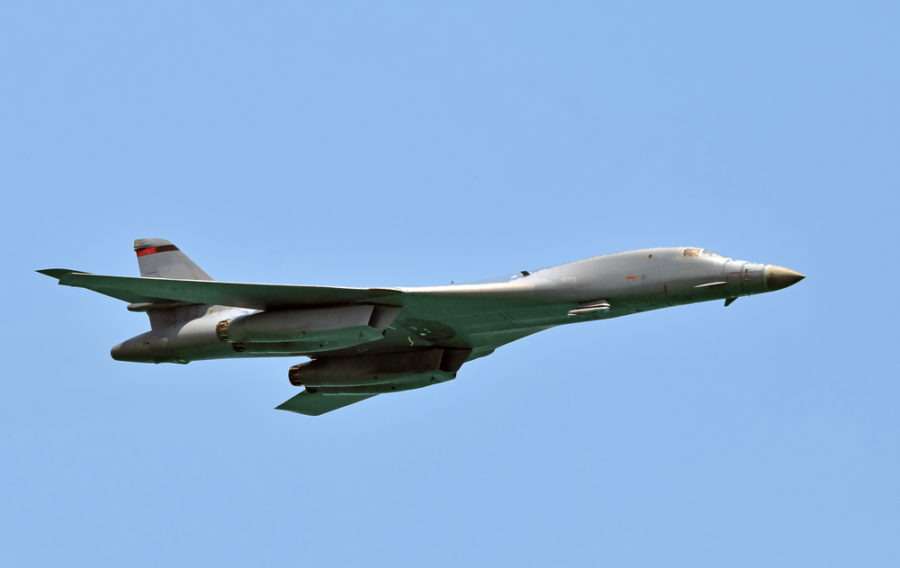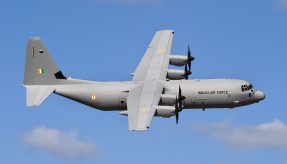
Lockheed Martin has successfully fired the first tactical configuration Long Range Anti-Ship Missile (LRASM) from a US Air Force B-1B.
In the test over the Sea Range at Point Mugu, California, a U.S. Air Force B-1B from Edwards Air Force Base, California, released the LRASM. The missile navigated through all planned waypoints, transitioned to mid-course guidance and flew towards the moving maritime target using inputs from the onboard multimodal sensor.
The missile then descended to low altitude for final approach to target area, positively identified and impacted the target.
LRASM is designed to detect and destroy specific targets within groups of ships by employing advanced technologies that reduce dependence on intelligence, surveillance and reconnaissance platforms, network links and GPS navigation in electronic warfare environments. LRASM will play a significant role in ensuring military access to operate in open ocean/blue waters, owing to its enhanced ability to discriminate and conduct tactical engagements from extended ranges.
LRASM is a precision-guided, anti-ship standoff missile based on the successful Joint Air-to-Surface Standoff Missile – Extended Range (JASSM-ER). It is designed to meet the needs of US Navy and Air Force warfighters in contested environments.
The air-launched variant provides an early operational capability for the U.S. Navy’s offensive anti-surface warfare Increment I requirement to be integrated onboard the U.S. Air Force’s B-1B in 2018 and on the US Navy’s F/A-18E/F Super Hornet in 2019.
Mike Fleming, LRASM director at Lockheed Martin Missiles and Fire Control said: “This was the first flight of a production representative, tactical configuration LRASM.
“The successful flight continues to prove LRASMs ability to find and prosecute targets at sea.”
If you would like to join our community and read more articles like this then please click here.







